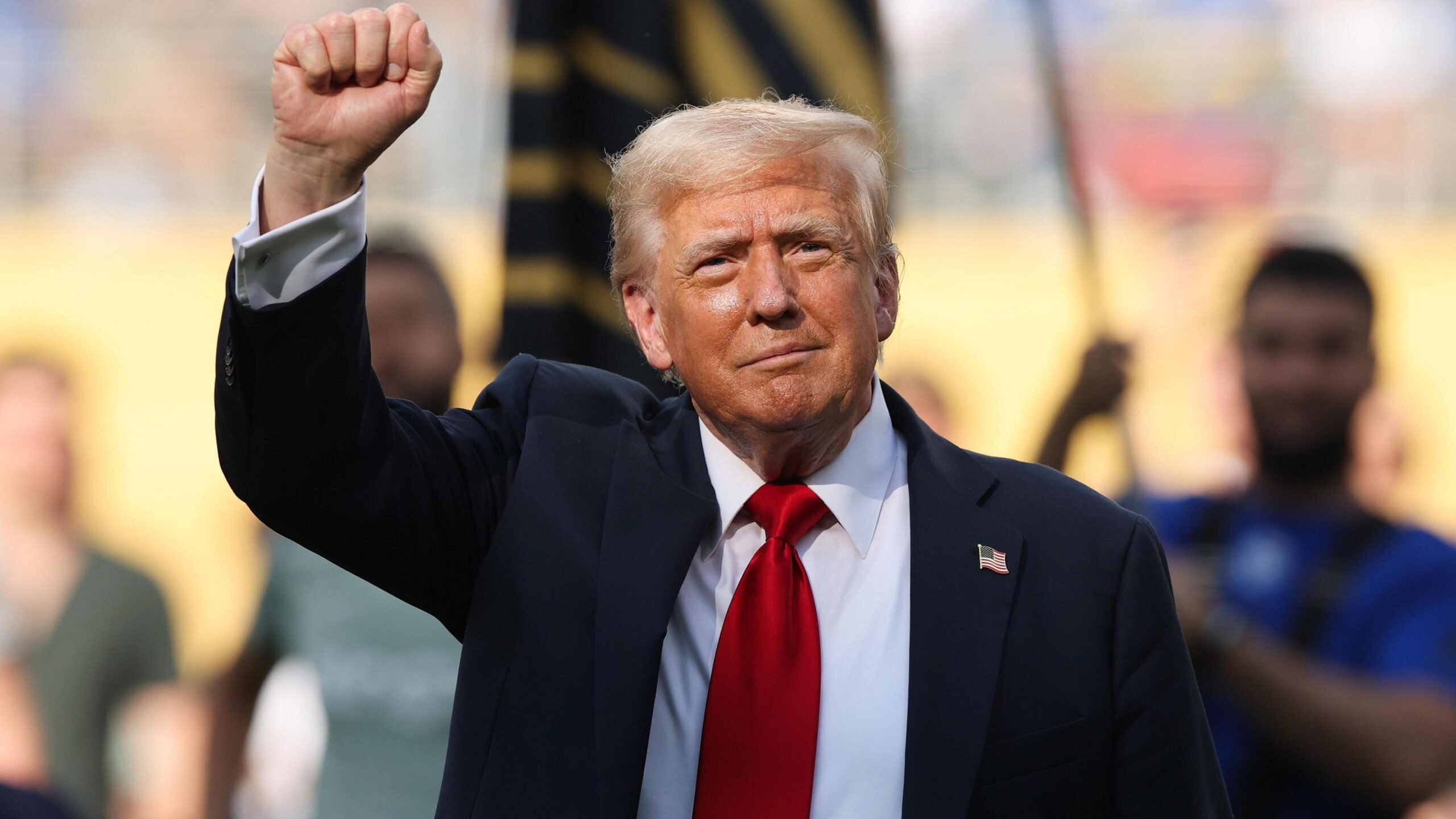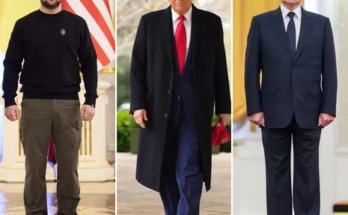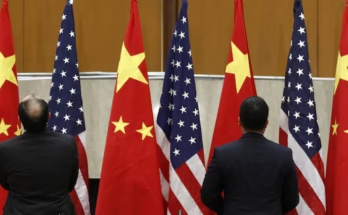In a whirlwind month of executive actions and political showdowns, Donald Trump has once again seized the national spotlight with a flurry of controversial moves in late July 2025. From cracking down on homelessness and reshaping college athletics to reviving aggressive trade tariffs and clashing with the Federal Reserve, the former president—now in his second term—is pushing a hardline agenda that is energizing his base while drawing sharp criticism from independents and advocacy groups. As Trump’s approval among swing voters slips and international tensions rise, the boldness of his recent decisions could reshape both domestic policy and global diplomacy in the months ahead.
Trump’s Mid‑July to Late‑July Blitz: Executive Orders, Trade Moves, and Political Risks
1. Executive Order on Homelessness: Civil Commitment over Compassion?
On July 24, 2025, President Trump issued a sweeping executive order aimed at curbing homelessness and disorderly behavior in U.S. cities. The policy directs states to treat homelessness and mental illness in criminal terms, expanding the use of police and forced institutionalization while shifting federal funding away from harm‑reduction and housing solutions.
Human rights advocates swiftly condemned the move. The National Homelessness Law Center described it as rooted in “outdated, racist myths” and warned the approach would deepen homelessness rather than solve it. Critics also argue the redirection of resources undermines the well‑being of those in need.
2. College Sports Overhaul: Moving Beyond NIL Chaos
Also on July 24, Trump signed another executive order targeting Name, Image, and Likeness (NIL) rules in college athletics. This aims to ban pay‑for‑play abuses, protect scholarships for women and non‑revenue sports, and push for consistent federal standards across states. It also opens debate on whether student‑athletes should be considered employees.
Championed as a way to bring fairness and restore financial balance to NCAA sports, the move aligns with pushback on wide disparities in how states have implemented NIL laws. Supporters claim it level‑sets the playing field.
3. Fed Visit Sparks a Clash Over Borrowing Costs and Overspending
On July 24, Trump toured the Federal Reserve headquarters and publicly criticized Chair Jerome Powell over what he claimed was a $3.1 billion cost of renovations. Powell disputed Trump’s accounting. Trump used the visit to double down on his demand for lower interest rates, arguing the Fed’s alleged mismanagement of funds and unnecessarily high borrowing costs slow economic growth.
Though he has pressed for rate cuts, Trump clarified he has no intention of firing Powell—despite prior threats—suggesting a more nuanced internal stance and desire to avoid shooting the messenger.
4. Tariffs Redux: Letters Up to 70%, Targeting 12 Countries
Earlier in July, the administration approved sending notification letters to 12 countries, warning of new tariff increases of up to 70% on goods imported into the U.S. starting August 1. Trump touted this as more efficient than protracted talks: “The letters are better.” Negotiations with the EU, India, and others remain stalled, with only the UK and Vietnam securing finalized deals—UK at a 10% base rate, Vietnam at 20% and duty‑free access for U.S. exports.
Separately, the U.S. and Japan reportedly reached a draft trade pact around July 22, which reduces Japanese tariffs from 25% to 15%, and includes a $550 billion Japanese investment fund overseen by Trump personally—raising concerns about policy transparency, favoritism, and risk to U.S. automakers.
5. Polling Slump: Independents Turn Cold, Despite Economic Gains
Two major polls released around July 24–25 reflect widening cracks in Trump’s support base. A Gallup poll shows approval at a low 37%, with independent voter support tumbling to 29%, down 17 points since January. Majorities disapprove of his handling of the federal budget (73%), economy (68%), and immigration (70%).
However, a Wall Street Journal poll sees Trump’s job approval at 46%, upheld by a strong Republican base (88% approval) and improved public optimism about the economy—47% now rate it as good or excellent, an 11‑point increase since April. The polls together highlight polarization: Republicans remain solid, while independents grow increasingly disillusioned.
6. Speech and Symbolism: Maximizing Messaging and Impact
Throughout late July, Trump doubled down on messaging. He targeted Federal Reserve policy, called back controversial issues like the Epstein scandal through Justice Department inquiries, and pressed investigations into the Obama administration’s 2016 Russiagate probe.
He also of note, paid tribute to wrestling icon Hulk Hogan, calling him a “great friend” after his death, underlining Trump’s cultural ties with conservative celebrity personalities.
7. International Spotlight: Scotland, Middle East and AI Strategy
Trump landed in Scotland on July 25, beginning a multi‑day trip combining politics, business, and golf at his Turnberry and Menie Estate resorts. Security logistics include no‑fly zones and restricted airspace near RAF bases, with meetings expected with UK PM Sir Keir Starmer and Scotland’s First Minister John Swinney early next week.
Meanwhile, back in Washington, Trump unveiled an ambitious AI strategy requiring federal agencies to use ideologically neutral systems—effectively banning DEI‑informed AI. The plan includes lighter regulation for AI data centers, increased R&D funding, and an export strategy to maintain U.S. global leadership.
Why It Matters: Political Risks Amid Bold Moves
Trump’s packed agenda from mid‑ to late‑July 2025 underscores a president doubling down on executive power and rapid policy changes—some deeply divisive. Key trends and risks include:
-
Polarizing executive orders: criminalizing homelessness and reforming college athletics may satisfy core supporters but inflames activists and civil liberties defenders.
-
Trade escalation: aggressive tariffs raise stakes with global allies and trading partners; controversial personal oversight in the Japan deal risks legal scrutiny.
-
Fraying broader appeal: polls signal fatigue among independent voters, which could threaten GOP prospects in the 2026 midterms despite economic approval.
-
Careful messaging: public appearances, such as the Fed visit and high‑profile speeches, are intended to show Trump in charge—but missteps could reinforce perceptions of unilateral governance without legislative anchor.



